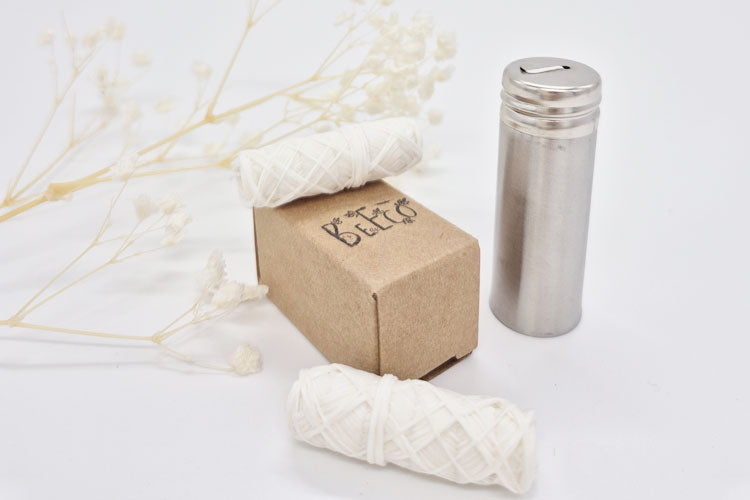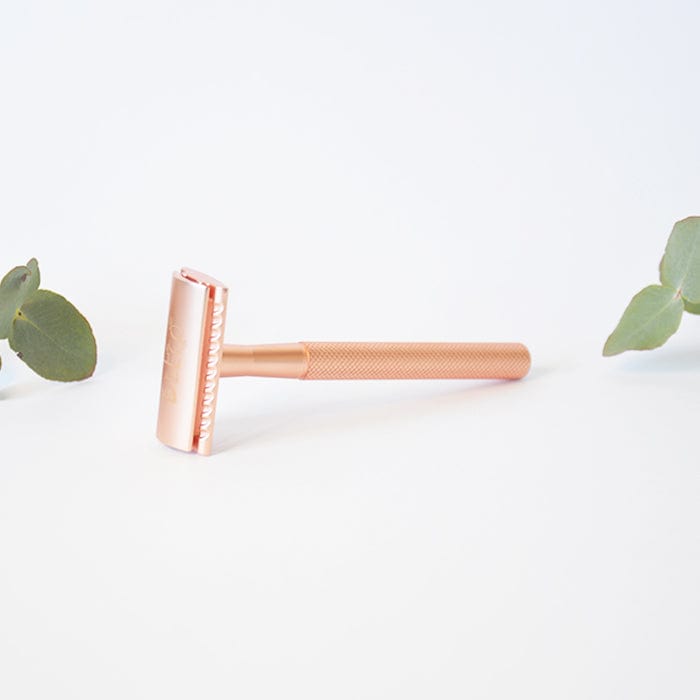As more households strive to reduce single-use plastics, silicone stretch lids have become a popular alternative. They promise to replace plastic wrap, reduce waste, and provide convenience in the kitchen. But do they live up to the hype? Let’s explore the benefits and challenges of using silicone stretch lids in your zero-waste journey.
The Benefits of Silicone Stretch Lids
1. Reusable and Durable
One of the biggest advantages of silicone stretch lids is their reusability. Unlike single-use plastic wrap, silicone lids can be used repeatedly for years, making them a long-term solution for reducing waste. The durability of silicone means that the lids can withstand being stretched over various shapes and sizes of containers without breaking or tearing. Many users appreciate that these lids can help minimize kitchen waste and plastic pollution, as they last much longer than other food storage options.
2. Versatile for Different Containers
Silicone food covers come in various sizes, making them suitable for a range of containers, from small jars to large mixing bowls. Their stretchy nature allows them to adapt to different shapes, such as round or rectangular containers, and they even work well to cover half-cut fruits and vegetables like melons, oranges, and avocados. This versatility means they can replace many other types of storage solutions in the kitchen, reducing clutter and simplifying food preservation.
3. Food Safety and Heat Resistance
Silicone is a food-grade material, meaning it’s safe to use directly on food without leaching harmful chemicals, unlike some plastic wraps. Additionally, silicone lids are heat-resistant and can be used in the microwave, oven, or dishwasher without degrading. This heat tolerance allows for easy reheating or cleaning, adding to their convenience.
The Drawbacks of Silicone Stretch Lids
1. Fit and Sealing Issues
One of the most common complaints is that silicone stretch lids can be challenging to fit properly, especially when used on wet, greasy, or uneven surfaces. If the container or the rim is not completely dry or free from oil, the silicone can lose its grip and pop off. This can make food storage frustrating, as users might need to repeatedly adjust the lid to create a proper seal.
Another issue is the sizing. Although these lids are stretchy, they do not always fit perfectly on containers that aren’t within their size range. For example, a lid that works well on a round bowl may not fit snugly on a rectangular container, leading to poor sealing. Some users have found it difficult to get a tight seal on containers of irregular shapes or sizes.
2. Storage and Handling
When not in use, storing silicone lids can be a hassle. Unlike other storage options, silicone lids are floppy and can take up space if not organized properly. Some users prefer stacking lids in a drawer, while others suggest keeping them together in one place to avoid losing smaller sizes. Despite their reusability, the handling and storing of silicone lids may require extra attention compared to more rigid or stackable alternatives.
3. Limited Use for Certain Food Items
While silicone lids are useful for covering containers or bowls, they may not be the best solution for every food storage need. For example, they don't always provide a completely leakproof seal for liquid foods like soups or stews, especially during transport. Many users have reported that even with a good fit, the lids can still shift if jostled, leading to leaks.
Additionally, while they are heat-resistant, silicone stretch lids may warp or become misshapen if exposed to extremely high temperatures for extended periods, such as in a very hot oven. This limits their versatility when compared to more robust, heat-tolerant materials like glass.
Alternatives to Silicone Stretch Lids
1. Beeswax Wraps
For those looking for a natural alternative to silicone, beeswax wraps are an increasingly popular option. These wraps are made from fabric coated with beeswax, which provides a flexible and breathable layer for covering food. They are particularly useful for wrapping fresh produce, bread, and cheese. Although they are not airtight or leakproof, beeswax wraps are praised for being easy to mold around food and containers, making them a great choice for short-term storage. Like silicone lids, beeswax wraps are reusable and compostable at the end of their life, making them an eco-friendly choice.
2. Glass Containers with Lids
Another reliable zero-waste solution is to use glass containers with fitted lids. Glass containers offer an airtight and leakproof seal, making them perfect for both food storage and transport. While they are heavier than silicone lids and less flexible, their durability and effectiveness at preventing leaks make them a favored option for many zero-waste advocates. Glass containers are also oven-safe and don’t stain or retain odors, which can be an issue with some silicone products over time.
Conclusion: Is Silicone the Best Choice for You?
Silicone stretch lids are a practical and eco-friendly option for reducing waste in your kitchen. Their reusability and heat tolerance make them an excellent replacement for plastic wrap, especially when paired with glass containers. However, they are not without limitations. Issues with sealing and storage may frustrate some users, particularly if the containers are irregularly shaped or wet. For those looking for an alternative, beeswax wraps and glass containers offer viable options that might suit different food storage needs.
Ultimately, the effectiveness of silicone stretch lids depends on your specific kitchen habits and preferences. If you’re diligent about ensuring a dry, clean surface and primarily use round containers, these lids can significantly reduce your plastic waste. However, for those seeking more versatility or an easier-to-use product, exploring other zero-waste options like beeswax wraps or glass containers might be the better route.








